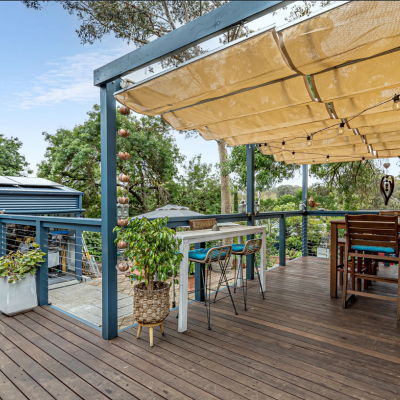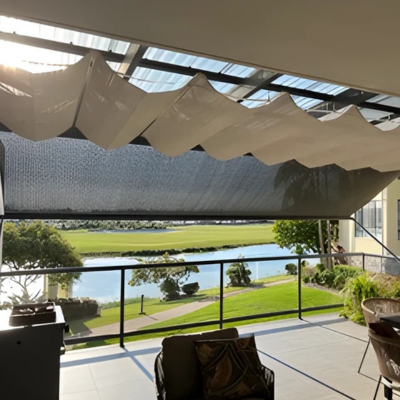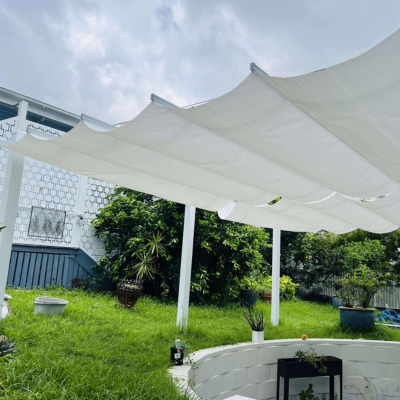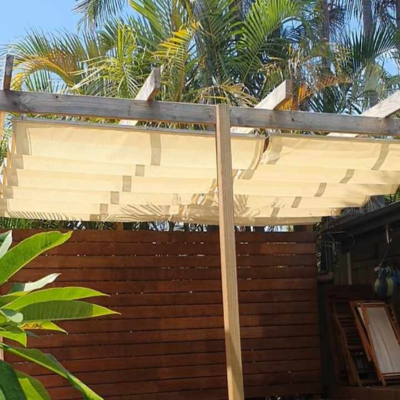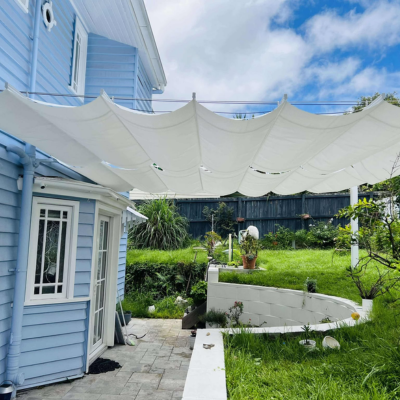RetractaShade Setup: Measurements, Wire Heights, and Smooth Operation
A retractable shade works best when you plan the wire path, fixings, and fall before you order. Start by mapping the area you want to cover, then choose strong anchor points with a clear line between them. Record the length and width of the sail panel you need, the wire mounting heights at each end, and any obstacles like downpipes or lights. Keep a small allowance off walls and beams so the panels glide freely and hardware has room to work. With these basics set, your RetractaShade will extend smoothly, retract neatly, and handle Newcastle and coastal weather without rubbing or ponding.

